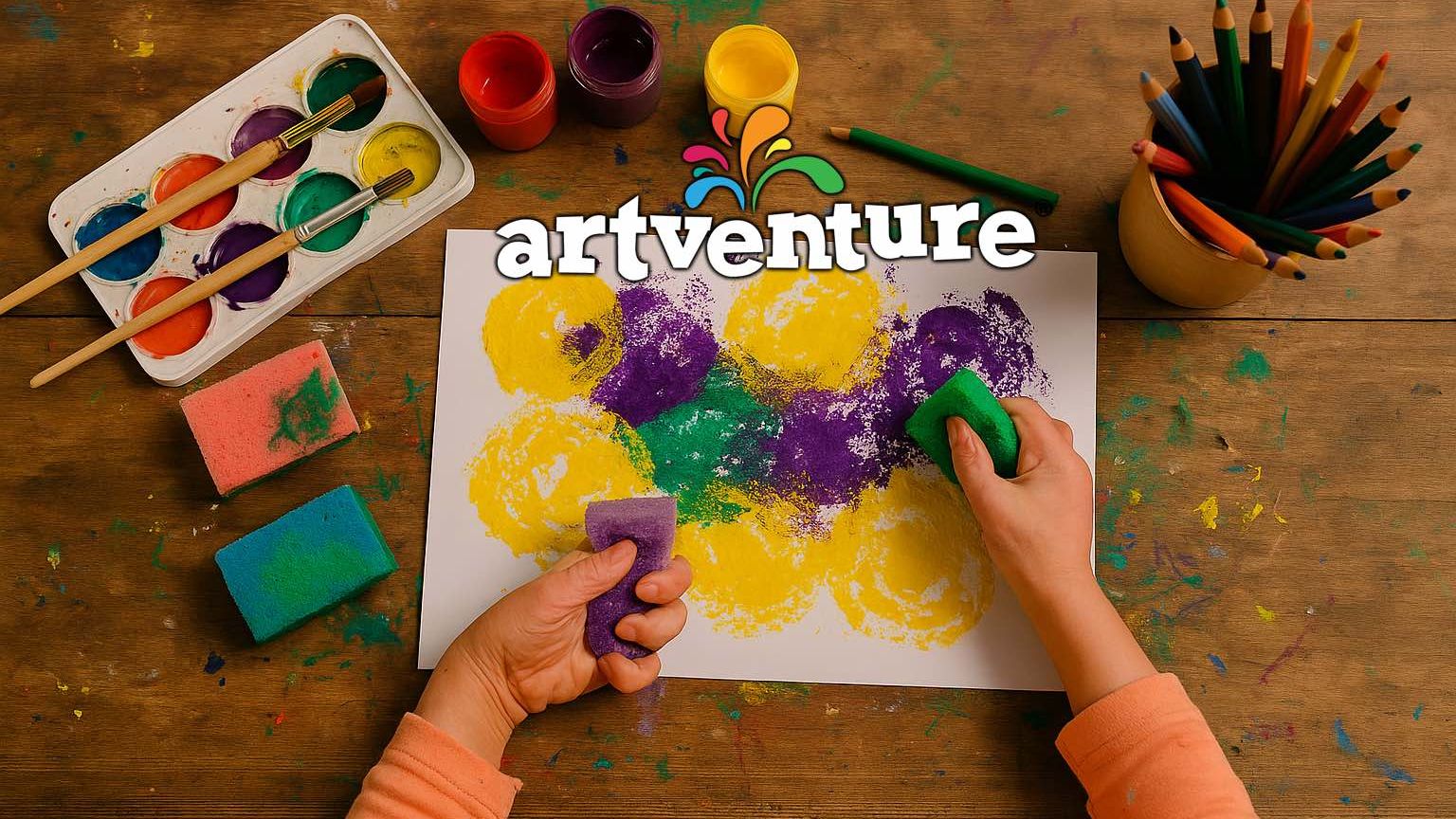Inclusive Art for Kids: Supporting Children with Disabilities to Create
Aug 23, 2016
How to Help a Child with Disabilities Enjoy Art
Supporting a child with disabilities in their art journey can feel daunting—but art should always be about joy, exploration, and self-expression. With a few adjustments, every child can experience the fun of creating, regardless of their abilities.
Recently, I received a message from Sally in the UK about her 10-year-old daughter, Jessica, who has severe disabilities. Sally asked: “How can Jessica do art if I don’t help her?” That question inspired me to share some practical, inclusive ideas for helping children with disabilities enjoy art activities.
Understanding Childhood Disabilities
Children can experience many different types of disabilities, and every child’s abilities and needs are unique. Some of the main areas include:
-
Developmental & Intellectual Disabilities – such as Autism Spectrum Disorder (ASD), Down Syndrome, or global developmental delay, which may affect communication, social interaction, or learning pace.
-
Physical Disabilities – including cerebral palsy, muscular dystrophy, or spina bifida, which can impact movement, coordination, and fine motor control.
-
Sensory Disabilities – such as vision impairment, hearing loss, or dual sensory loss, which may require creative adaptations for art-making.
-
Learning Differences – like dyslexia, dysgraphia, dyscalculia, or ADHD, which influence how a child processes information, focuses, or organises tasks.
-
Chronic Health Conditions – such as epilepsy, asthma, or diabetes, which can affect energy levels and participation in activities.
Every child, no matter their diagnosis, has their own way of learning, exploring, and expressing themselves. The key is to focus on what they can do—and adapt art activities to support their strengths.
Every Child Learns When They’re Ready
My sister once attended a seminar on Unlocking Every Child’s Genius. One key message was that kids develop new skills only when their brains are ready. For example, she encouraged her son endlessly to ride a bike, but he didn’t master it until one day—when he was ready.
The same is true with art. My toddler son is currently experimenting with dots and lines. He doesn’t care about landscapes yet—he cares about the sound of the brush squishing and the colourful splats on the page. My role is to encourage him and show him possibilities, but let him decide when he’s ready to try more.
This approach works for all kids, with and without disabilities. Focus on their current abilities and interests, then adapt the art experience to fit.
Practical Tips for Inclusive Art Activities
1. Embrace the Mess
Art is about the process, not the outcome. More mess = more fun! Encourage freedom and don’t worry if things get a little chaotic.
2. Match Tools to Abilities
Observe what the child can do:
-
Can they hold a brush?
-
Use their feet?
-
Grip with their mouth?
You might swap a brush for a sponge, tennis ball, or even fingertips. Adapt the tools to their abilities to empower independence.
3. Encourage Independence
Set up paints, paper, and tools within reach so the child controls the process. Step in only when necessary (e.g., swapping colours, rinsing brushes). The goal is to give them ownership of their creativity.
Example Activity: Narrating the Artwork Story
Here’s a fun, inclusive art activity you can try:
-
Find two objects the child can hold (tennis balls, sponges, brushes, or even toes/mouth).
-
Place two bright paint colours on separate plates.
-
Use a large sheet of paper (A3 or bigger).
-
Position everything so the child can access it independently.
-
Narrate the process:
-
“Wow, you chose purple and yellow! Purple could be for your sister—she loves that colour!”
-
“What’s yellow? Maybe your teddy bear?”
-
Guide gently, but let the child make the marks.
Create a playful story about the colours, shapes, and dots appearing on the page.
Celebrate their artwork—hang it proudly and talk about it with others.
This approach turns the art session into a storytelling experience, combining creativity, language, and imagination.
Why Inclusive Art Matters
When I worked at the Women’s and Children’s Hospital (Adelaide, South Australia) for Starlight, a little girl with both arms in plaster taught me this lesson. At first she thought art was impossible—until we tried toe painting together. I took my shoes off and we did it together, right in the hospital room. Her laughter said it all.
Art is always about the experience, not the finished product. With creativity and patience, every child can find a way to enjoy it.
Final Thoughts
Sally, I hope these tips help Jessica—and I hope other families find inspiration too. Whether your child paints with their hands, feet, or mouth, remember: what matters most is giving them freedom, encouragement, and joy in the process.
Happy drawing, painting, and creating,
Kirsty
👉 Want to encourage your child’s creativity at home?

